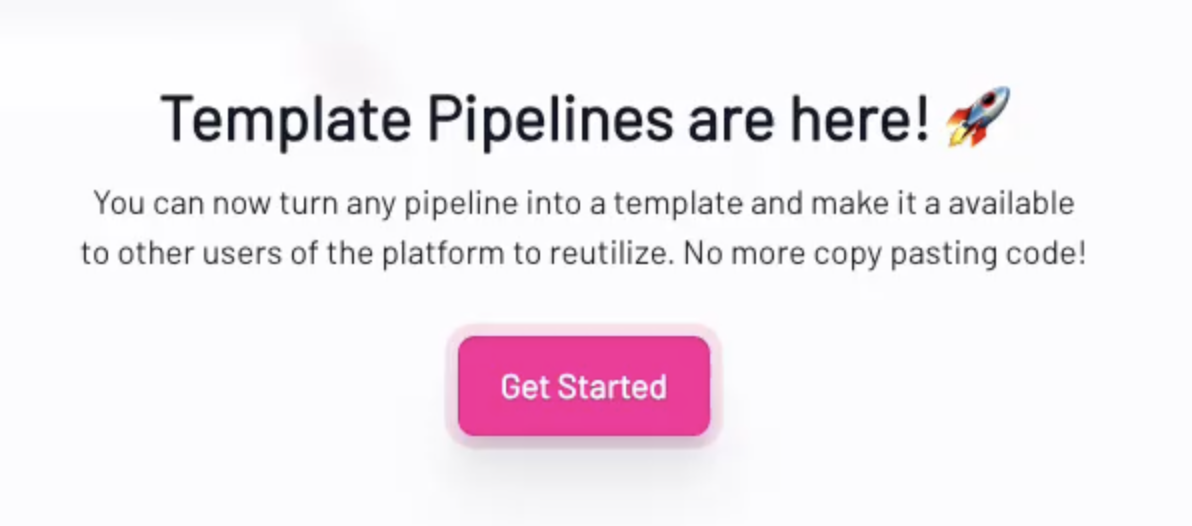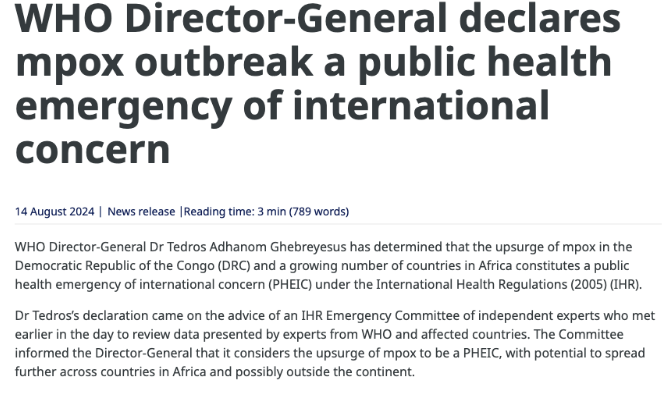The ongoing Clade Ib Mpox virus (MPXV) outbreak, which began in September 2023, has led to a rapid increase in cases across the DRC and several neighboring countries, including Burundi, Kenya, Rwanda, and Uganda. Cases have also been reported in Sweden and Thailand, linked to individuals with recent travel history to affected regions in Africa, highlighting the potential for international spread.
To support outbreak response efforts, OpenHEXA serves as the primary data integration platform for the Centre d’Opération des Urgences de Santé Publique (COUSP) in the DRC. The platform ensures that Mpox response data is automatically processed, cleaned, and structured into actionable insights, enabling faster and more effective decision-making.
1.Automated Integration of Surveillance Data
- OpenHEXA processes Aggregated Integrated Disease Surveillance (IDS) data.
- Excel-based line lists are cleaned and harmonized for better outbreak tracking.
- EWARS and DHIS2 Tracker data flows are being integrated for a unified view.
2.Real-time Data Structuring and Cleaning
- OpenHEXA automates data extraction, transformation, and validation to reduce manual workload.
- Quality control mechanisms help identify inconsistencies across sources.
3.Enhanced Data Sharing for Multi-Stakeholder Collaboration
- OpenHEXA facilitates secure and structured data sharing between national health authorities, WHO, and other partners.
4.Interactive Dashboards for Decision-Making
- Real-time outbreak monitoring dashboards provide insights into case trends, geographic spread, and response efforts.
- Data is structured to support both operational response teams and policymakers.
Impact: A More Coordinated and Effective Mpox Response
By leveraging OpenHEXA, the Mpox response in the DRC benefits from:
- Improved outbreak visibility through automated data integration and cleaning.
- Faster response times by reducing manual data processing efforts.
- Better coordination between health authorities and response teams.
- More accurate epidemiological insights for data-driven decision-making.
OpenHEXA’s role as the key data integration platform for COUSP is strengthening Mpox response efforts, ensuring that data fragmentation does not become a barrier to controlling the outbreak.






